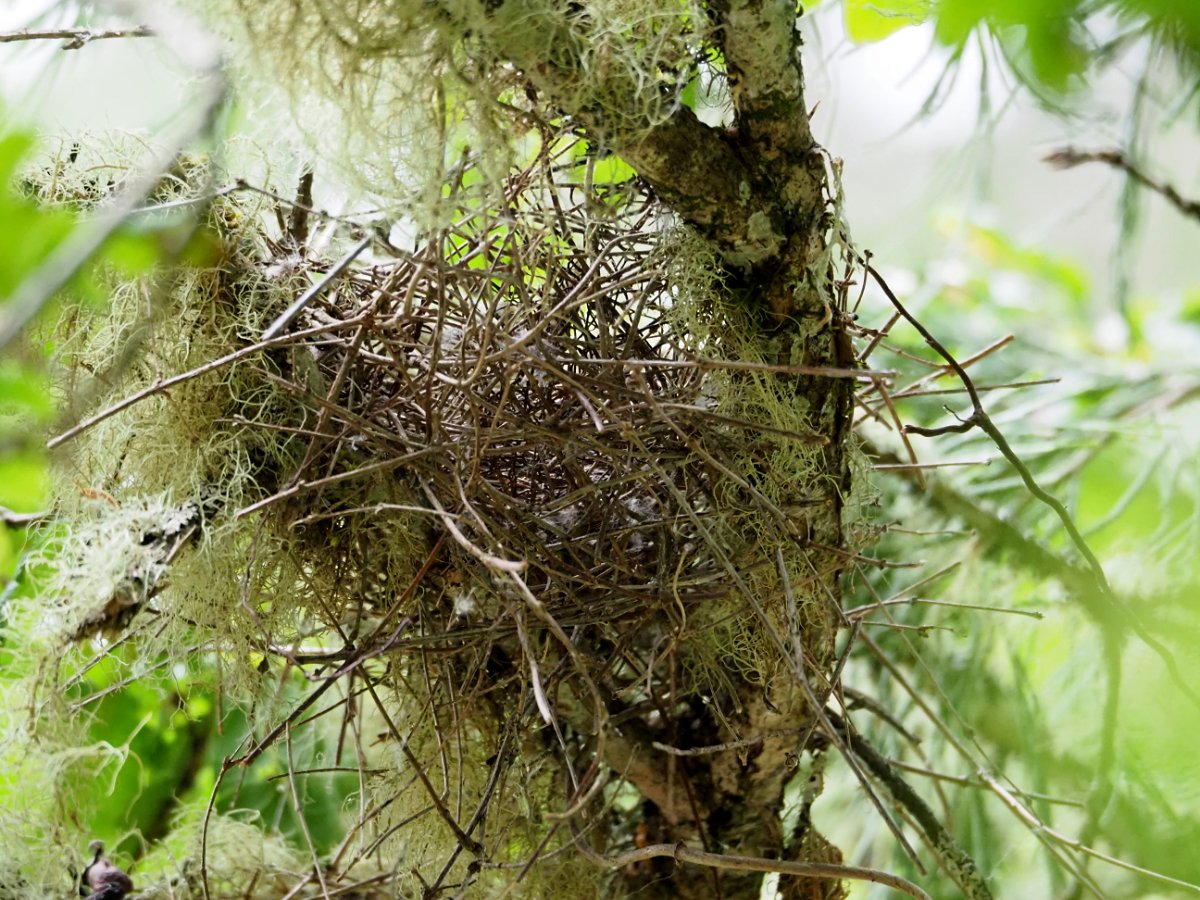While turning over rocks in the river, I found an interesting fish called a sculpin. Naturally, they can be startled when their hiding place is revealed, so I had to turn over rocks slowly. They usually stayed out in the open briefly while I looked at them before quickly darting away to hide under another rock.
Sculpins mostly remain hidden under rocks, logs, or other river debris during the day. Also, their skin is well camouflaged with beautiful patterns that help them escape detection. At night, they come out to find food which mostly consists of small invertebrates, especially aquatic insect larvae.
Sculpins are found on the bottom because they don’t have a swim bladder that helps fish maintain buoyancy. Essentially, if they stop swimming, they sink. Their pectoral fins fan out to the side to help prop them up, grip slippery surfaces, and propel themselves along rocks.
I read that some sculpins can breathe through their skin which is known as cutaneous respiration. For example, there are saltwater sculpins that live in tidepools that can become drained at low tide.
When the summer temperatures are hot, it’s time to be in the river at the arboretum. While you are out there staying cool, turn over a few rocks and see what you can find. Try to place the rocks back as you found them so that the aquatic ecosystem remains as undisturbed as possible.
Nature is an inexhaustible source of wonder. I look forward to seeing you out there.
Resource
Sculpins (U.S. National Park Service). https://www.nps.gov/articles/000/sculpins.htm. Accessed 29 July 2024.

























































